May 29, 2025 | 17:06 GMT +7
May 29, 2025 | 17:06 GMT +7
Hotline: 0913.378.918
May 29, 2025 | 17:06 GMT +7
Hotline: 0913.378.918
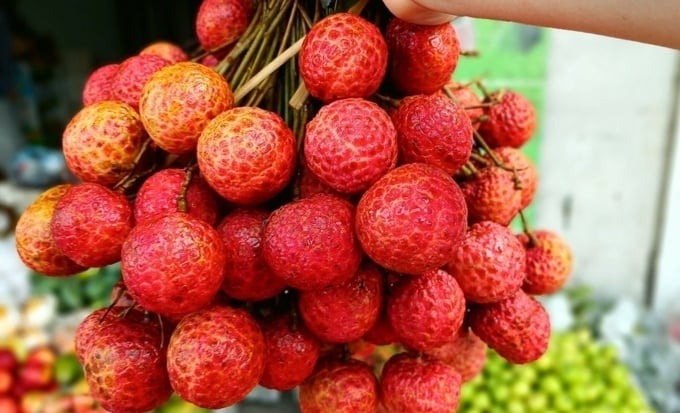
Lychees at a fruit shop on Le Duc Tho Street (Go Vap District) in May 2024. Photo: Thi Ha.
The General Department of Viet Nam Customs has just announced data on lychee export in the first half of this year, showing that the export turnover reached USD 23.6 million, down 46% compared to the same period last year. Of which, China - the largest market for Vietnamese lychees - recorded the sharpest decrease (62%) in the top 10 import markets, followed by Japan and the UK with decreases of nearly 4% and 16%, respectively.
According to the Vietnam Fruit and Vegetable Association, the main reason for this decline is that the supply of lychees this year has decreased sharply due to crop failures in gardens.
Data from localities shows that lychee output in 2024 will only reach about 200,000 tons, down 50% compared to the previous year. Specifically, Bac Giang harvested about 100,000 tons (down 50% compared to 2023), and Hai Duong reached about 45,000 tons (down 23%)...
Mr. Le Ba Thanh, Deputy Director of the Department of Agriculture and Rural Development of Bac Giang, said that there has never been a year with such a severe lychee crop failure as this year. By the end of June, Bac Giang had consumed more than 85,700 tons of lychees, of which early-ripening varieties accounted for more than 47,600 tons.
Due to the crop failure, the price of lychees this season has increased to a record high. In the domestic market, each kilogram of traditional lychees at the end of the season is up to VND 180,000, while in the same period last year, it was only VND 40,000- VND 60,000. Hybrid lychees such as white and pink eggplant have retail prices of up to VND 360,000 per kilogram. Unlike previous years, this year, the main crop, lychees, only appeared sporadically in the South, with some supermarket chains selling them for less than a month.
Lychee is one of the famous fruits of Vietnam, harvested from April to June. Major growing areas are Thanh Ha (Hai Duong province) and Luc Ngan (Bac Giang province). In addition, the Central Highlands and Hung Yen have also been developing this tree.
Translated by Huong Giang
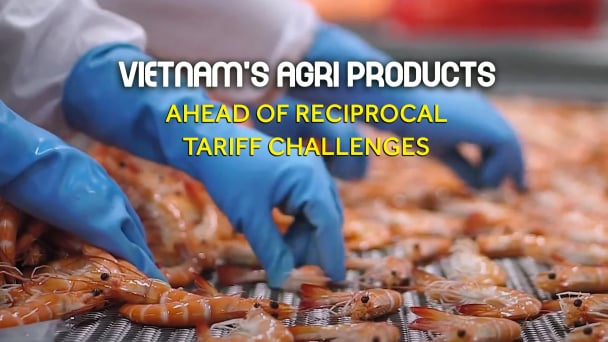
(VAN) Vietnamese shrimp exporters are actively looking for alternative markets and accelerating shipments to the United States in response to the pressure of impending reciprocal tariffs. This is occurring during a temporary tariff suspension.
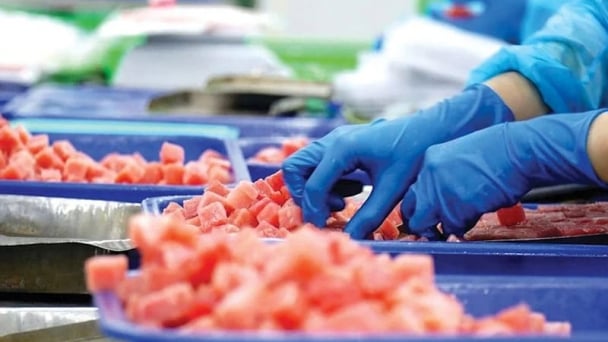
(VAN) The import-export turnover between Vietnam and Singapore rose amid a trade rebound, with machinery, electrical equipment, and fuels making up the majority of the transaction value.

(VAN) Director General of the General Administration of Customs of China, Ms. Sun Mai Jun, has pledged to implement measures that will ease the import process for Vietnamese agricultural products.
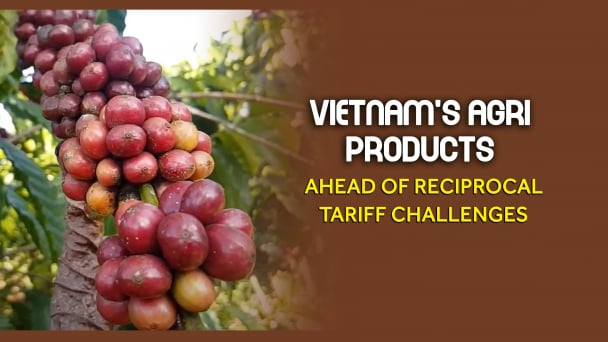
(VAN) Although Vietnam is still increasing its coffee exports, the industry is currently in the process of determining market strategies in response to the U.S. imposition of reciprocal tariffs.

(VAN) With rising demand in Muslim-majority countries, Halal certification is becoming a critical passport for Vietnamese agricultural products seeking sustainable market access and consumer trust in the Middle East and Africa.

(VAN) Vietnam’s fruit and vegetable exports to the U.S. are rising sharply, and exporters are hoping that any upcoming reciprocal tariffs will be set at manageable levels.
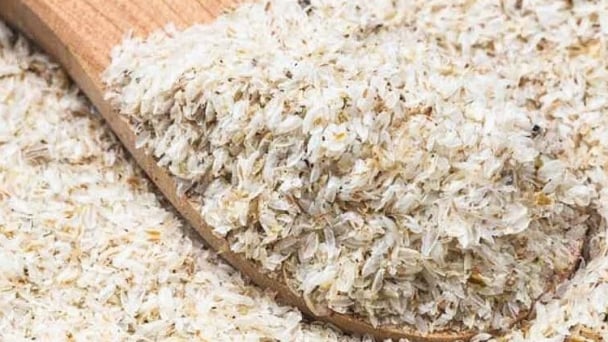
(VAN) Despite meeting quality standards, Vietnamese rice bran exporters still face difficulties with administrative procedures under the new protocol.